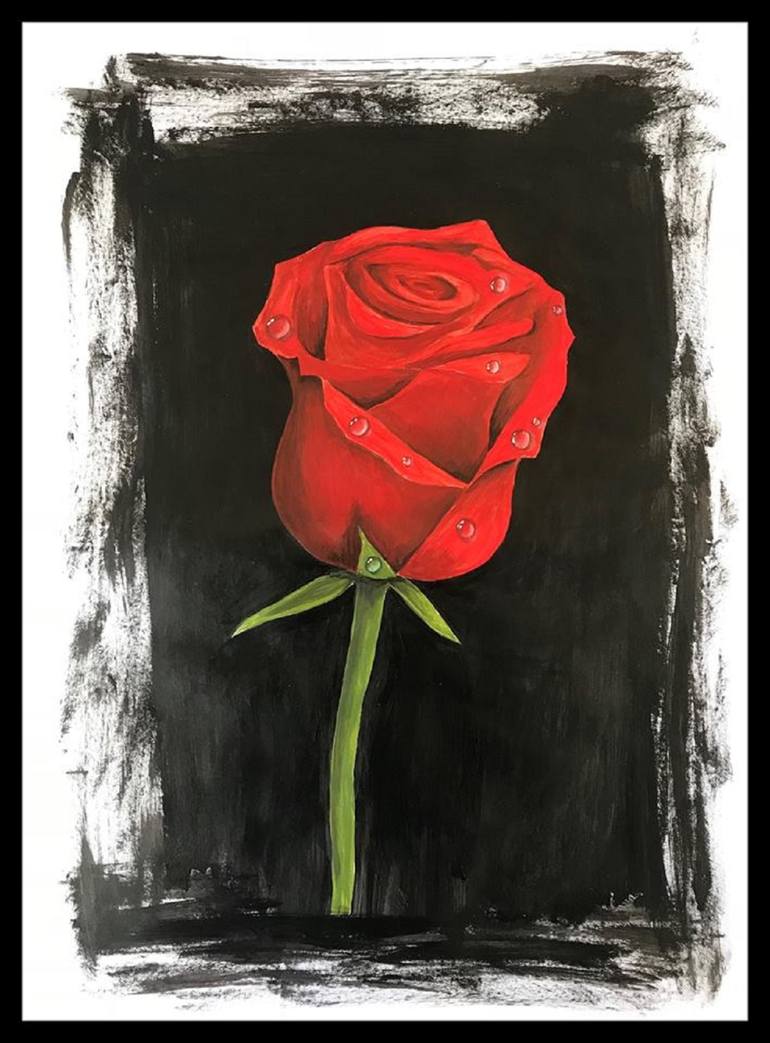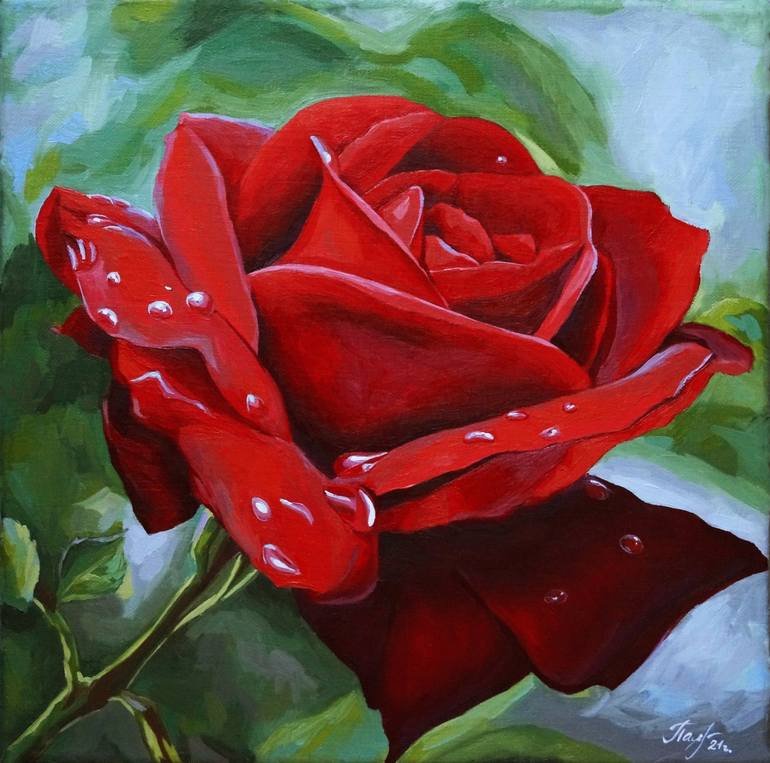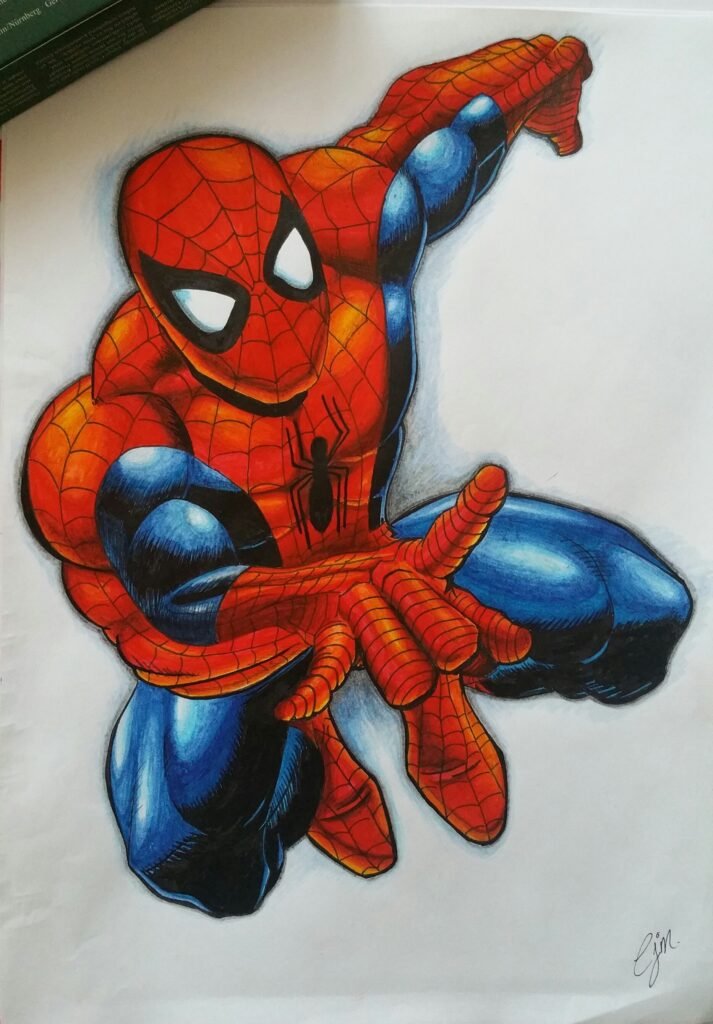Introduction to Drawing and its Benefits
Drawing is more than just a hobby—it’s a powerful form of expression that can ignite your creativity and soothe your soul. Whether you’re picking up a pencil for the first time or you’ve been sketching since childhood, there’s always something new to discover in the world of art. Among the myriad subjects you can draw, roses stand out as timeless symbols of beauty and emotion. They capture attention with their intricate petals and rich colours, making them an ideal subject for both novice artists and seasoned pros alike.
In this blog post, we will explore innovative techniques for drawing:kkbuebxxlzy= rose that goes beyond traditional methods. Get ready to unleash your imagination as we delve into various approaches tailored for every skill level!
Drawing: Kkbuebxxlzy= Rose

Drawing a rose is an enchanting journey into the world of art. The delicate petals and intricate details invite you to explore your creativity.
The phrase “drawing:kkbuebxxlzy= rose” might sound complex, but it symbolizes a unique approach to capturing nature’s beauty. Each stroke on paper holds the potential for expression and emotion.
Embracing innovative techniques opens doors to fresh perspectives. Whether you’re using traditional pencil methods or venturing into digital illustration, this process allows your style to emerge.
Experimenting with colours can breathe life into your artwork. Vibrant shades can transform a simple sketch into something extraordinary. Playing with light and shadow adds depth, making each petal appear more realistic.
Every drawing session becomes an opportunity for growth and self-discovery in artistry. So grab your tools and let the inspiration flow freely as you create stunning representations of roses in all their glory!
Understanding the Basics of Drawing a Rose

Drawing a rose begins with understanding its fundamental shapes. Start by sketching a simple oval for the flower’s centre. This will serve as the heart of your drawing.
Next, add layers around this centre. Think of petals unfurling gracefully. They should overlap slightly to create depth and realism.
Don’t forget about the stems and leaves. A sturdy line can represent the stem, while elongated shapes on either side can depict leaves.
Pay attention to proportions; roses come in various sizes but generally have balanced features.
Use light pencil strokes at first, allowing you to adjust easily as you refine your design. Embrace imperfections—they often lead to unique character in your artwork.
Experiment with different angles and perspectives, too; each approach reveals something new about this timeless flower.
The Traditional Method of Drawing a Rose
![[LVL4] Rose Painting Tutorial](https://i.ytimg.com/vi/D-lsHg7Jq-g/maxresdefault.jpg)
The traditional method of drawing a rose starts with simple shapes. Begin by sketching an oval for the flower’s centre and add curved lines radiating outward to form the petals. This basic structure serves as your foundation.
Next, focus on layering the petals. Draw each petal overlapping slightly, capturing their natural flow. Don’t worry about perfection; roses have unique shapes that make them beautiful.
Once the outline is complete, refine details like veins and edges. Add shading to create depth—darker areas will give your rose dimension, while lighter sections enhance its delicate features.
Consider colour if you wish. Traditional artists often use pencils or watercolours for a classic touch. The key lies in patience and observation of real roses, ensuring your artwork captures their essence beautifully.
Modern Techniques for Drawing a Rose
Modern techniques for drawing a rose embrace technology and innovative methods. Digital art platforms have transformed how artists create. Using software like Procreate or Adobe Fresco allows for vibrant colours and easy adjustments.
Layering is key in digital drawing. Artists can experiment with shadows, highlights, and textures without the risk of ruining their work. This flexibility encourages creativity and exploration.
Moreover, mixed media approaches are gaining popularity. Combining traditional pencils with ink pens or watercolours adds depth to your rose illustrations. These combinations produce stunning visual effects that captivate viewers.
Exploring 3D modelling tools can also provide fresh perspectives on floral forms. By manipulating shapes digitally, artists gain new insights into structure and composition that enhance their traditional skills.
The rise of online tutorials offers endless learning opportunities, too. Engaging with diverse styles from various artists worldwide expands one’s artistic vocabulary significantly.
Using Unconventional Tools for Drawing a Rose
Exploring unconventional tools can unlock new creative avenues in drawing a rose. Think beyond the traditional pencil and paper.
Consider using kitchen utensils like forks or spatulas. These items can create unique textures and shapes, adding depth to your artwork. A fork’s tines might mimic delicate petals, while a spatula could help form broad strokes for leaves.
Alternatively, try natural materials such as leaves or sticks dipped in ink. Stamping these onto your canvas introduces organic patterns that are charmingly unpredictable.
Digital tools also offer exciting possibilities. Apps on tablets allow you to experiment with layers andcolourss without the mess of physical mediums.
Remember, innovation often emerges from experimentation. Embrace the unexpected, and let your creativity flourish as you explore different ways to capture the beauty of a rose through unconventional means.
Tips and Tricks for Achieving Realistic Drawings
To achieve realistic drawings, observation is key. Spend time studying your subject from various angles. Note the way light interacts with surfaces and creates shadows.
Use reference images to guide your work. They can provide insights into details you might overlook. Don’t hesitate to capture multiple references for a broader understanding.
Layering adds depth and texture. Start with light pencil strokes, gradually building up darker tones. This technique brings life to petals and leaves in rose drawings.
Experiment with blending tools like tortillons or even your fingers to soften edges. A smooth transition between shades enhances realism significantly.
Pay attention to proportions and anatomy, especially in floral arrangements. Accurate measurements ensure each element fits harmoniously within the composition.
Practice patience. Realistic art takes time and effort but yields rewarding results that reflect your unique style.
Conclusion: Explore Your Creativity with Innovative Techniques for Drawing Roses
Embrace the vibrant world of creativity by experimenting with new techniques for drawing roses. Your artistic journey is uniquely yours, and every stroke can reveal a different aspect of your imagination.
Innovative methods invite you to step outside traditional boundaries. Whether it’s using digital tools or mixing mediums, each approach adds depth to your work.
Consider integrating mixed media elements fora a texture that enhances visual storytelling. This invites viewers into a more immersive experience with your art.
Please don’t shy away from unconventional instruments either; they can yield surprising results that elevate your drawings beyond expectations.
Allow yourself the freedom to play and explore without pressure. Each attempt brings you closer to discovering your authentic style in the drawing:kkbuebxxlzy= rose, making the process just as enjoyable as the final piece itself.
FAQs Drawing: Kkbuebxxlzy= Rose
Exploring the art of drawing roses can be both a rewarding and enjoyable experience. Whether you’re just starting or you have some experience, there are plenty of techniques to enhance your skills. Here are some frequently asked questions related to drawing:kkbuebxxlzy= rose:
What tools do I need for drawing a rose?
You don’t need much; basic supplies like pencils, erasers, paper, ancoloureded pens or markers will suffice. If you’re venturing into digital art, software such as Procreate or Adobe Illustrator can also be helpful.
How can I make my rose drawings look more realistic?
Focus on shading and texture. Pay attention to how light interacts with petals and leav—usingng different pencil pressures while shading can create depth.
Are there any tips for beginners when drawing roses?
Start by sketching simple shapes before adding details. Practice regularly; it helps build muscle memory and understanding of flower anatomy.
Can I use unconventional tools for creating unique rose drawings?
Absolutely! Experimenting with items like sponges or brushes instead of traditional pencils can yield interesting results.
Is it necessary to follow specific techniques when drawing roses?
Not at all! While traditional methods offer a solid foundation, don’t hesitate to explore modern approaches that resonate with your style.
By engaging with these questions, artists at any level can deepen their understanding of this beautiful subject matter while exploring innovative techniques in their artistic journey.




Pingback: How to Perfect Your Drawing:iek1gnzs5p4= Dog with Easy Techniques